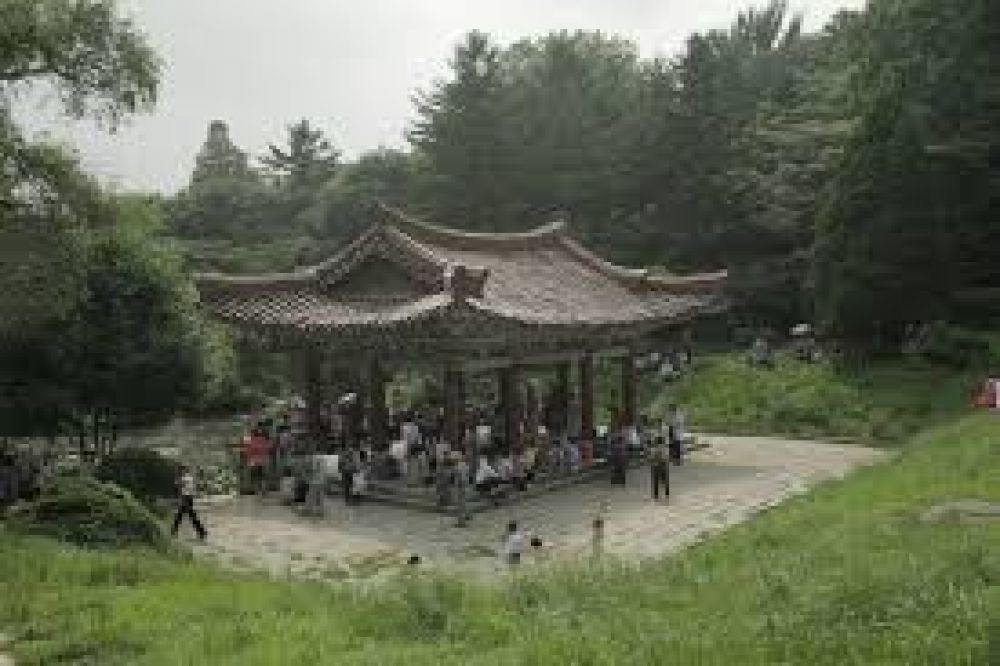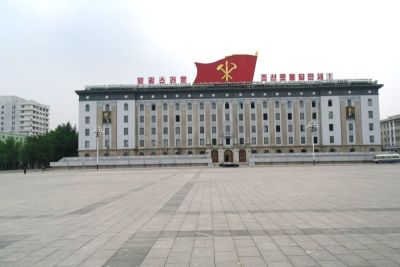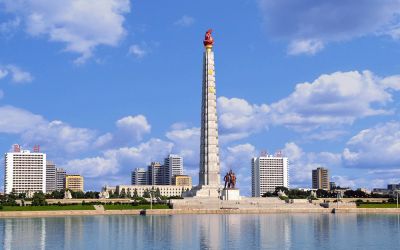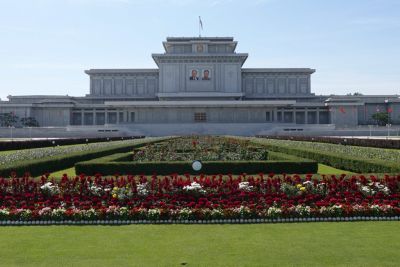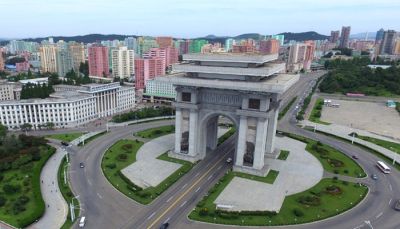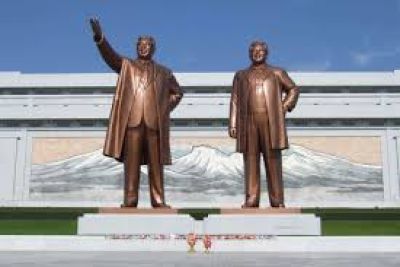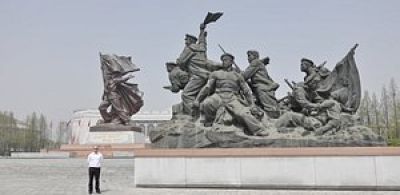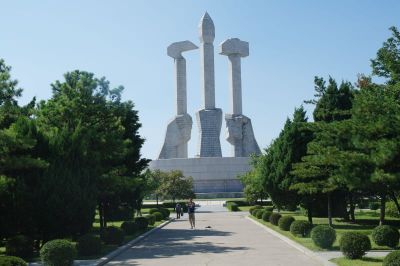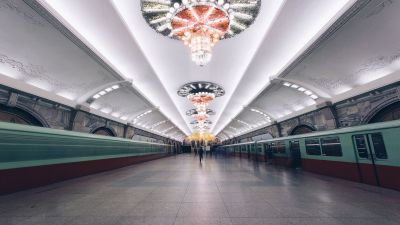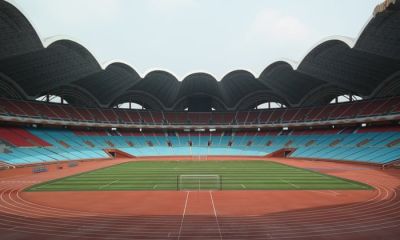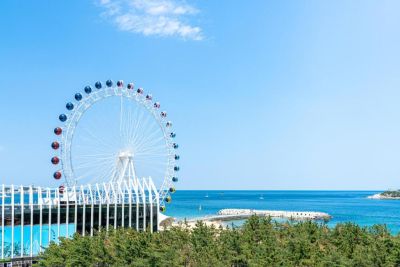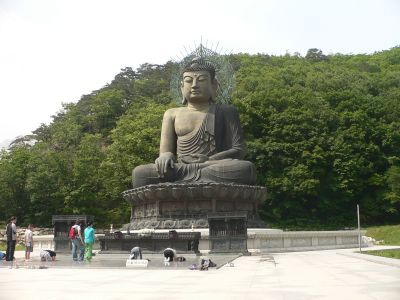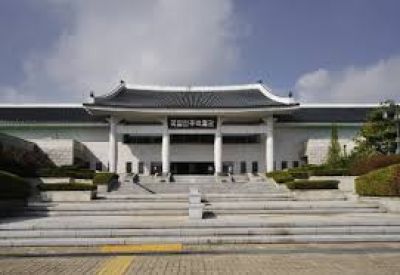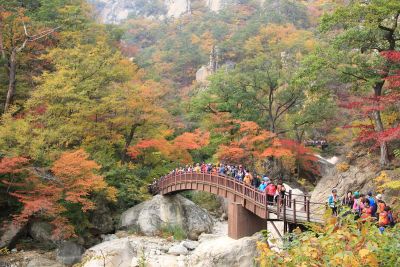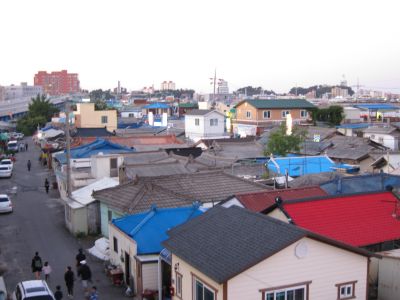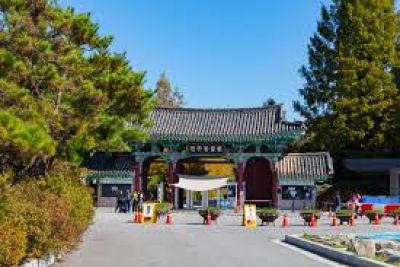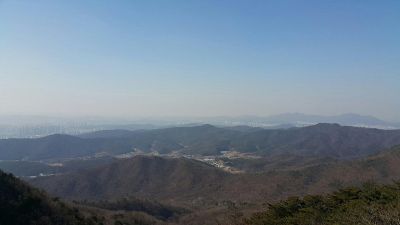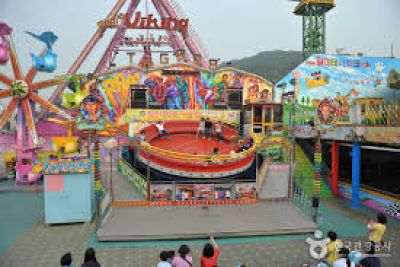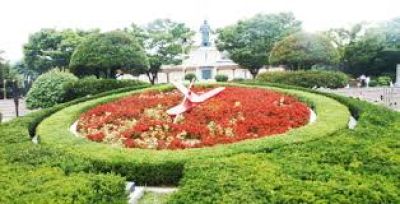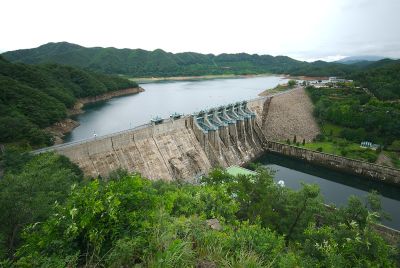Moranbong Park, Pyongyang, North Korea - Tourism History
Moranbong Park, commonly referred to as Moran Hill as 'bong' translates to 'hill,' is a historic park situated in Pyongyang, North Korea's capital city. This site has a deep significance in both historical and cultural contexts. It is known for the beautiful cherry blossoms that enchant visitors during the springtime, and its importance extends to being a preferred location for leisure and festivities among locals.
Historical Background
Moranbong Park has been an integral part of Pyongyang's history, dating back centuries where it served as a recreational space for the local population. During the Koryo and Chosun dynasties, Moranbong was the site of various cultural activities, including poetry and art. Its scenic beauty has inspired countless artists and has been celebrated in Korean literature and music.
In the modern era, particularly since the establishment of the Democratic People's Republic of Korea, Moranbong Park has been reshaped to align with the nation's cultural ideology. Monuments and statues have been erected, showcasing themes supportive of the state's narratives and socialist principles. Among these is the Moranbong Revolutionary Site, where in 1946, a rally is said to have been held to celebrate the founding of the Worker’s Party of Korea. This political history ties deeply with the park's identity in the public consciousness.
Tourism Trend & Accessibility
Tourism in North Korea is highly controlled and regulated, with designated tour operators managing the itineraries. Visitors typically travel as part of guided tours, and Moranbong Park is often included as a key sightseeing location within Pyongyang. The park is known to showcase the local flora and presents a glimpse into the local ways of life as Pyongyang residents frequent the park for picnics and social gatherings.
In recent years, there has been a concerted effort to increase tourism to North Korea, with Moranbong Park featuring as a place of tranquility and natural beauty amidst the urban background of Pyongyang. The fact that it is a popular place for locals adds to the appeal for tourists seeking an 'authentic' experience.
Current Developments
Currently, tourism to North Korea, and subsequently to Moranbong Park, is significantly limited due to international sanctions and the global pandemic. The country has imposed strict restrictions on the arrival of international visitors. However, there had been some initiatives before these restrictions to modernize tourism facilities, improve infrastructural access, and offer a wider range of cultural experiences to international visitors. When tourism does restart, Moranbong Park may be among the sites that continue to receive attention both for its natural environment and its historical significance.
Conclusion
Moranbong Park remains a significant cultural and historical site within North Korea. It is a symbol of the nation's traditions, political history, and its people's love for nature and gatherings. As global circumstances evolve and North Korea adapts its tourism strategies, the park is poised to retain its status as a must-visit destination within Pyongyang for the unique insights it offers into the country's past and present.
